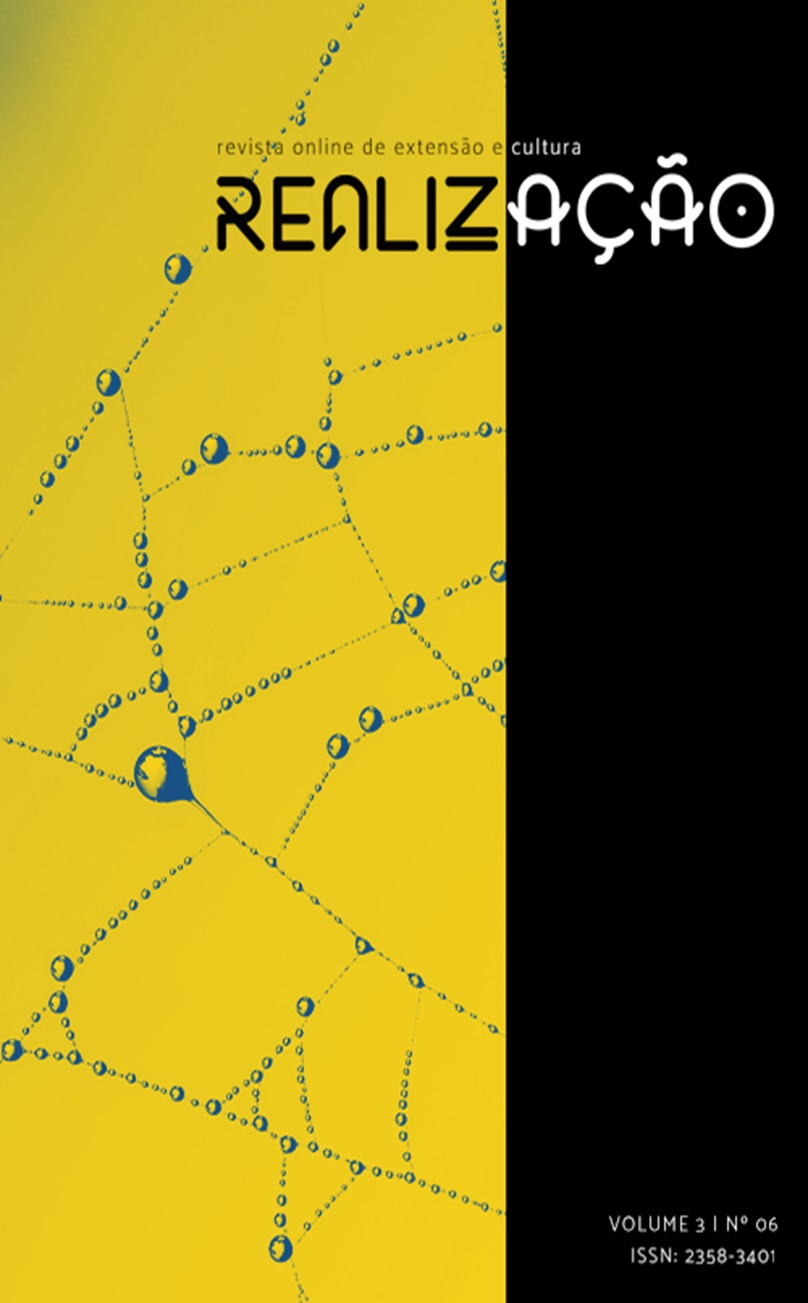The deaf student – from education to the job market in the legal promise and in the reality of Ponta Porã
Keywords:
School, Libras, Deafness, InclusionAbstract
This study aimed to analyze how schools have contributed to the insertion of deaf students into the job market. Bibliographic and empirical research. A historical overview of the education of deaf students is presented, providing an opportunity to learn about the main methodological trends that guided their education in different historical periods, as well as the role of various components of the school community in relation to the inclusion of deaf students in society and the job market. The field research was carried out in a public school in the state network, in the form of interviews with deaf students. It was found that in practice this school has contributed little to the insertion of deaf students into the job market, since they are often unable to fully communicate either within the school, much less outside it.
Downloads
References
ALBRES, N. D. A. História da língua brasileira de sinais em Campo Grande–MS. 2005 Disponível em: < http://editora-arara-azul.com.br/pdf/artigo15.pdf> Acesso em 14 Dez. 2017.
ARANHA, M. L. A. História da Educação. 2 ed. São Paulo: Moderna.1996.
BRASIL, Lei nº 8213 de 25 de julho de 1991. Dispõe sobre os Planos de Benefícios da Previdência e dá outras providências a contratação de portadores de necessidades especiais. Diário Oficial da União, s.1, p. 14809, 1991. Disponível em: <http://www2.camara.leg.br/legin/fed/lei/1991/lei-8213-24-julho-1991-363650-publicacaooriginal-1-pl.html>. Acesso em 14 dez. 2017.
BRASIL, Lei nº 8.112 de 11 de dezembro de 1990. Disponível em <http://www.planalto.gov.br/ccivil_03/Leis/L8112cons.htm>. Acesso em 14 dez. 2017.
BRASIL, Decreto n° 5626 de 22 de dezembro de 2005, dispõe sobre a Língua Brasileira de Sinais – LIBRAS. Diário Oficial da União, s.1, p. 28, 2005. Disponível em < http://www2.camara.leg.br/legin/fed/decret/2005/decreto-5626-22-dezembro-2005-539842-norma-pe.html> Acesso em 14 dez. 2017.
BRASIL. Constituição 1988. Constituição da República Federativa do Brasil. Brasília, DF.
EMÍLIO, S. A. Grupos e inclusão escolar: sobre laços, amarras e nós- São Paulo. Paulus, 2008.
FREIRE, P. Pedagogia da Autonomia: saberes necessários à prática educativa. Rio de Janeiro: Paz e Terra, 2002.
HONORA, M.; FRIZANCO, M. L. E. Livro Ilustrado de Língua Brasileira de Sinais: desvendando a comunicação usada pelas pessoas com surdez. 1. ed. São Paulo: Ciranda Cultura, 2009.
LODI, A. C. B.; HARRISON, K. C.; & CAMPOS, S. Letramento e surdez: Um olhar sobre as particularidades dentro do contexto educacional." Letramento e minorias. Porto Alegre: Mediação, 2002.
LÜDKE, M.; ANDRÉ, M. E. Pesquisa em educação: abordagens qualitativas – São Paulo: EPU, 1986.
MANTOAN, M. T. E. Inclusão escolar: O que é? Por quê? Como? 1. ed. São Paulo: Moderna, 2003.
MORAES, J. G. V. História: Geral e do Brasil: volume único – 2.ed. São Paulo: atual 2005.
Downloads
Published
How to Cite
Issue
Section
License
Copyright (c) 2017 Jakellinny Gonçalves de Souza Rizzo, Karla Alexandra Benites Florenciano

This work is licensed under a Creative Commons Attribution-NonCommercial-ShareAlike 4.0 International License.
Autores que publicam nesta revista aceitam as normas de publicação, bem como, concordam com os seguintes termos:
(a) O Conselho Editorial se reserva ao direito de efetuar, nos originais, alterações da Língua portuguesa para se manter o padrão culto da língua, respeitando, porém, o estilo dos autores.
(b) Autores mantêm os direitos autorais e concedem à revista o direito de primeira publicação, com o trabalho simultaneamente licenciado sob a Creative Commons Atribuição-NãoComercial-CompartilhaIgual 4.0 Internacional que permite: Compartilhar — copiar e redistribuir o material em qualquer suporte ou formato e Adaptar — remixar, transformar, e criar a partir do material. A Creative Commons Atribuição-NãoComercial-CompartilhaIgual 4.0 Internacional considera os termos seguintes:
- Atribuição — Você deve dar o crédito apropriado, prover um link para a licença e indicar se mudanças foram feitas. Você deve fazê-lo em qualquer circunstância razoável, mas de nenhuma maneira que sugira que o licenciante apoia você ou o seu uso.
- NãoComercial — Você não pode usar o material para fins comerciais.
- CompartilhaIgual — Se você remixar, transformar, ou criar a partir do material, tem de distribuir as suas contribuições sob a mesma licença que o original.
- Sem restrições adicionais — Você não pode aplicar termos jurídicos ou medidas de caráter tecnológico que restrinjam legalmente outros de fazerem algo que a licença permita.


